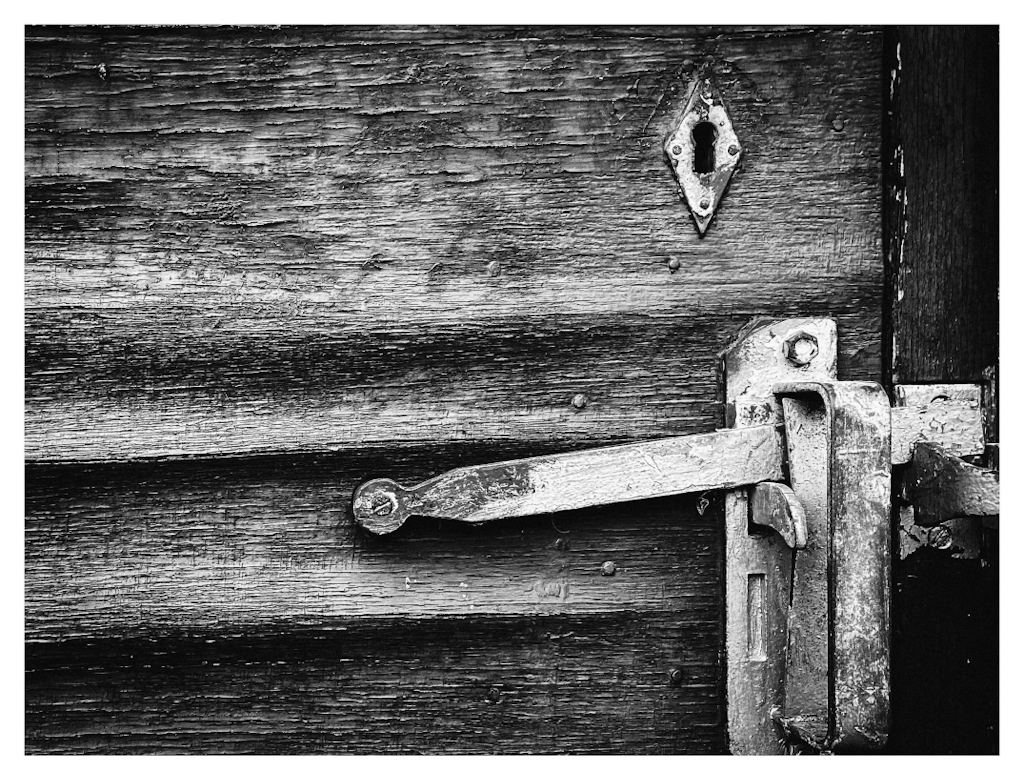Up ⬆️ (36/366) 📷

Up ⬆️ (36/366) 📷

Facade II (35/366) 📷

Aging (34/366) 📷

Facade (33/366) 📷

Drawing in the sky 📷

Still going strong (31/366) 📷

Props to all Dry January finishers 📷

Jagged 📷

Triangles stacked 📷

Steps & lines 📷

Condensed 📷

Diagonally 📷

MINI hood 📷

Triangles and a square 📷

It’s always the blue one 📷

CCS Max 400 kW

Tire in the snow 📷

Alarm button 📷 (Dutch: “noodbel”)

Night sky 📷

Never straight 📷
